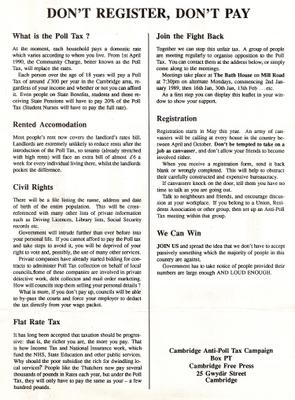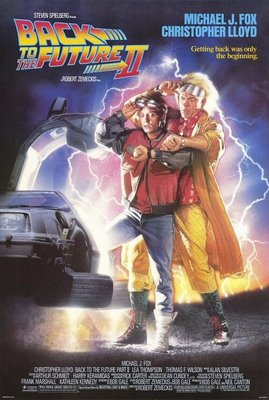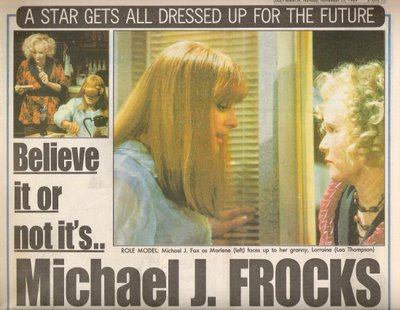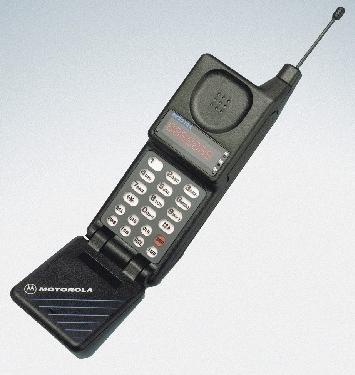The 'father of the poll tax' was a Scotsman called Douglas Mason. It was his brainchild. Even as the unrest raged over the new tax, he stuck by his claim that the Poll Tax was fairer than the old rates system. The Secretary of State for Scotland, George Younger, was a fervent admirer of the tax and fought for it to be introduced in 1989 in Scotland. Why should his country wait for England and Wales, he 'reasoned'?
 From Don't Register, Don't Pay, an information sheet circulated around Cambridge, England, December 1988. For full details, click on image above.
From Don't Register, Don't Pay, an information sheet circulated around Cambridge, England, December 1988. For full details, click on image above.
What is the Poll Tax?
At the moment, each household pays a domestic rate which varies according to where you live. From 1st April 1990, the Community Charge, better known as the Poll Tax, will replace the rates.
Each person over the age of 18 years will pay a Poll Tax of around £300 per year in the Cambridge area, regardless of your income and whether or not you can afford it. Even people on State Benefits, students and those receiving State Pensions will have to pay 20% of the Poll Tax (Student Nurses will have to pay the full rate).
Join the Fight Back
Together we can stop this unfair tax. A group of people are meeting regularly to organise opposition to the Poll Tax. You can contact them at the address below, or simply come along to the meetings.
Meetings take place at The Bath House on Mill Road at 7.30pm on alternate Mondays, commencing 2nd January 1989, then 16th Jan, 30th Jan, 13th Feb... etc.
Similar meetings were taking place up-and-down the country.
Back to the information sheet...
Registration
Registration starts in May this year. An army of canvassers will be calling at every house in the country between April and October. Don't be tempted to take on a job as canvasser, and don't allow your friends to become involved either.
 LET'S PUT A SPANNER IN THE WORKS leaflet (Campaign Against The Poll Tax Resource & Information Centre, Leeds), early 1989.
LET'S PUT A SPANNER IN THE WORKS leaflet (Campaign Against The Poll Tax Resource & Information Centre, Leeds), early 1989.
WE ARE UNDER ATTACK
Poll Tax attacks the less well-off, community services, local democracy, and our civil liberties.
We must convince the Government that it cannot go ahead with the Poll Tax.
JOIN THE RESISTANCE
If Britain were invaded, a network of local Resistance groups would be formed to make life difficult for the enemy.
We need to defend ourselves against the Poll Tax enemy. Join your local group.
A few resistance tips from the leaflet...
ASK WHY YOU ARE THE "RESPONSIBLE PERSON"
Before you can get a Poll Tax bill, there has to be a Poll Tax Register.
Before there can be a Register, the Registration Officer has to get a "responsible person" for each household.
The Officer will send a form to someone in your household he thinks is the "responsible person". He may even have filled in the names of people he thinks live there. He wants you to check and sign it.
DON'T SIGN IT. SEND IT BACK with some questions:
Why was I chosen?
What will be my duties?
How can I appeal against being chosen?
You are perfectly entitled to ask these questions.
DEALING WITH CANVASSERS
In some areas, canvassers will call. They will want you to give information on residents in the household. They will get a bonus of 40p for every form they get filled in.
Only the "responsible person" can be required to give information. Ask the canvasser to return when the "responsible person" is home.
Of course, there is no law to say that you must answer your door if someone knocks.
Some areas have plans to alert all residents if Poll Tax canvassers appear. A bell or a drum or a loud-hailer stands ready...
 I attended this Anti-Poll Tax Campaign Benefit on the 1st of April 1989 - a year before the planned introduction of the Tax.
I attended this Anti-Poll Tax Campaign Benefit on the 1st of April 1989 - a year before the planned introduction of the Tax.
The Poll Tax issue was a bone of contention which would take us into the new decade.




























































